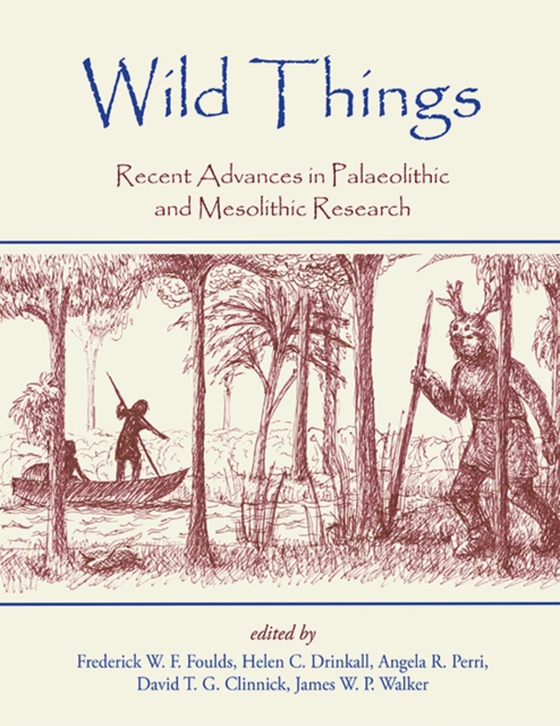
Wild Things e-bog
205,98 DKK
(inkl. moms 257,48 DKK)
Recently, Palaeolithic and Mesolithic archaeology has been breaking boundaries worldwide. Finds such as the Mesolithic house at Howick, the sequencing of the Neanderthal genome, and the recently discovered footprints at Happisburgh all serve to indicate how archaeologists in these fields are truly at the cutting edge of understanding humanity’s past. This volume celebrates this trend by f...
E-bog
205,98 DKK
Forlag
Oxbow Books
Udgivet
30 november 2014
Længde
208 sider
Genrer
HD
Sprog
English
Format
pdf
Beskyttelse
LCP
ISBN
9781782977490
Recently, Palaeolithic and Mesolithic archaeology has been breaking boundaries worldwide. Finds such as the Mesolithic house at Howick, the sequencing of the Neanderthal genome, and the recently discovered footprints at Happisburgh all serve to indicate how archaeologists in these fields are truly at the cutting edge of understanding humanity’s past. This volume celebrates this trend by focusing on recent advances in the study of the Palaeolithic and Mesolithic. With contributors from a diverse range of backgrounds, it allows for a greater degree of interdisciplinary discourse than is often the case, as the Palaeolithic and Mesolithic are generally split apart. Wild Things brings together contributions from major researchers and early career specialists, detailing research taking place across the British Isles, France, Portugal, Russia, the Levant and Europe as a whole, providing a cross-section of the exciting range of research being conducted. By combining papers from both these periods, it is hoped that dialogue between practitioners of Palaeolithic and Mesolithic archaeology can be further encouraged. Topics include: the chronology of the Mid-Upper Palaeolithic of European Russia; territorial use of Alpine high altitude areas by Mesolithic hunter-gatherer; discussing the feasibility of reconstructing Neanderthal demography to examine their extinction; the funerary contexts from the Mesolithic burials at Muge; the discovery of further British Upper Palaeolithic parietal art at Cathole Cave; exploitation of both lithics and fauna in Palaeolithic France; and an analysis of Mesolithic/Neolithic trade in Europe.
 Dansk
Dansk

